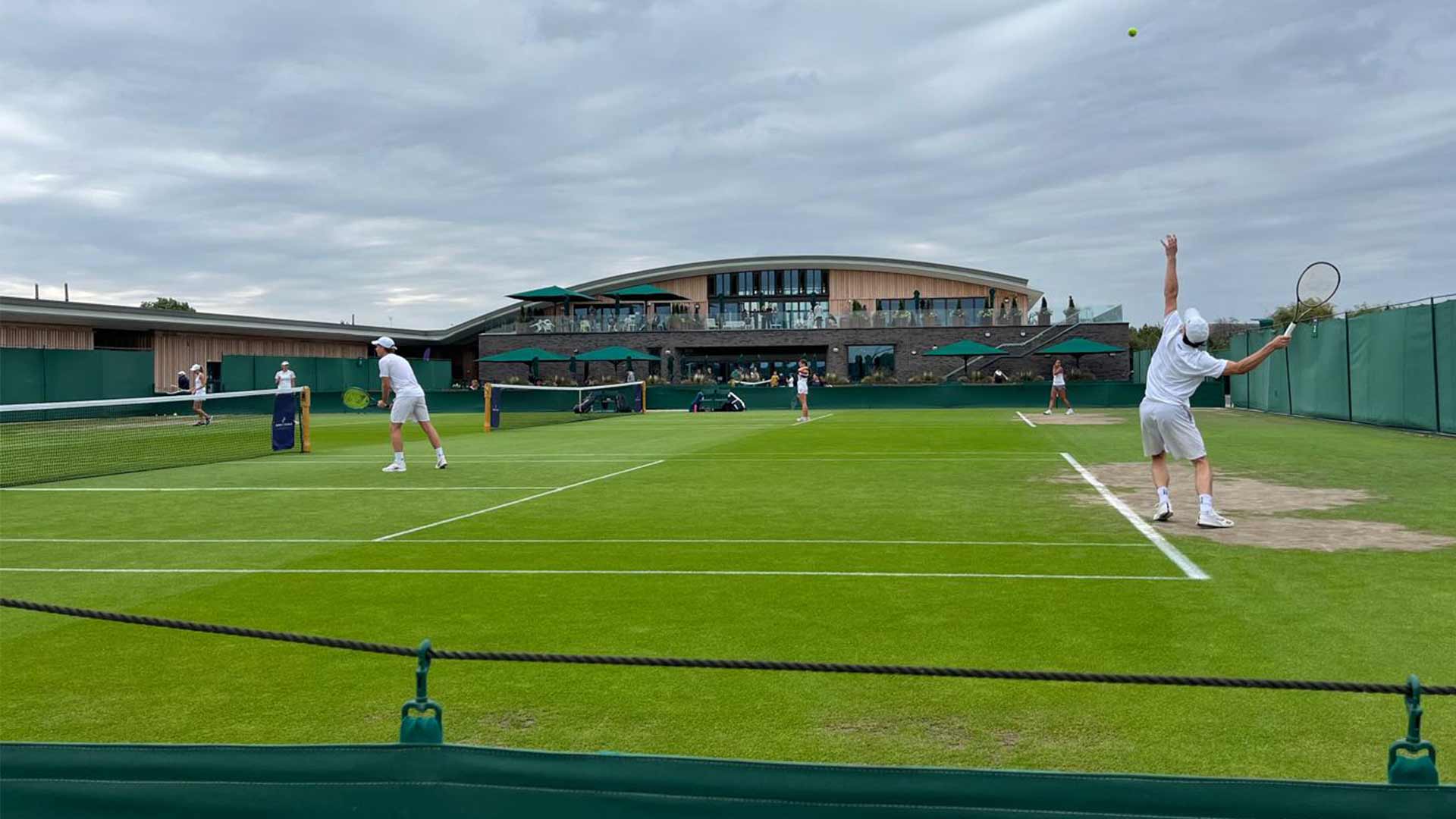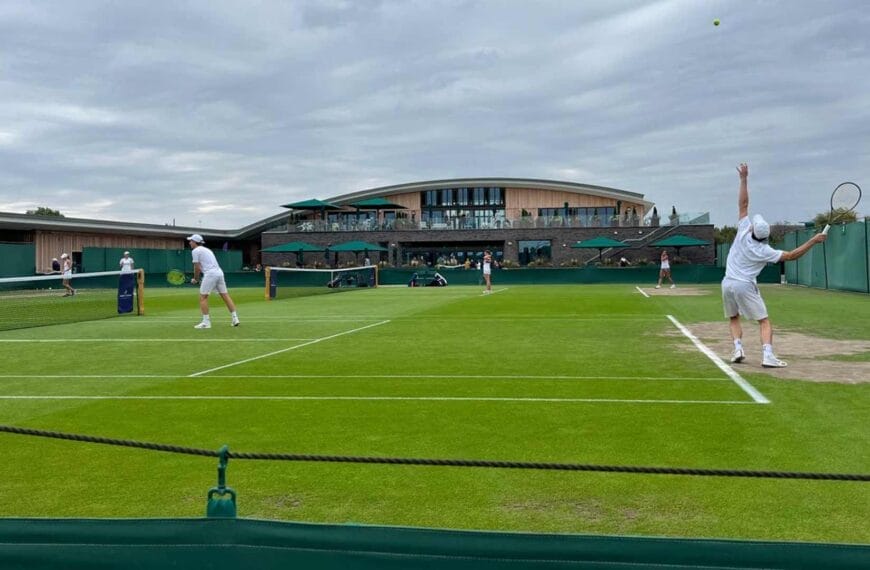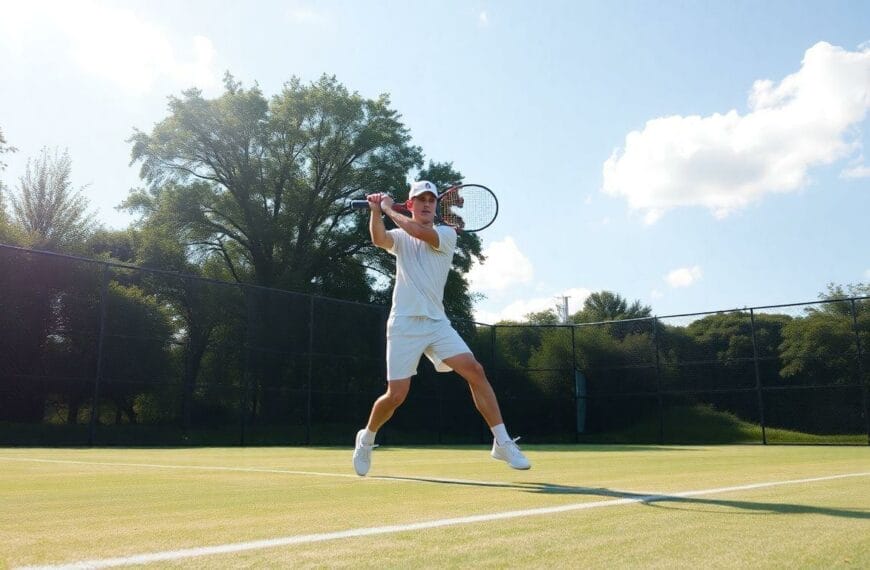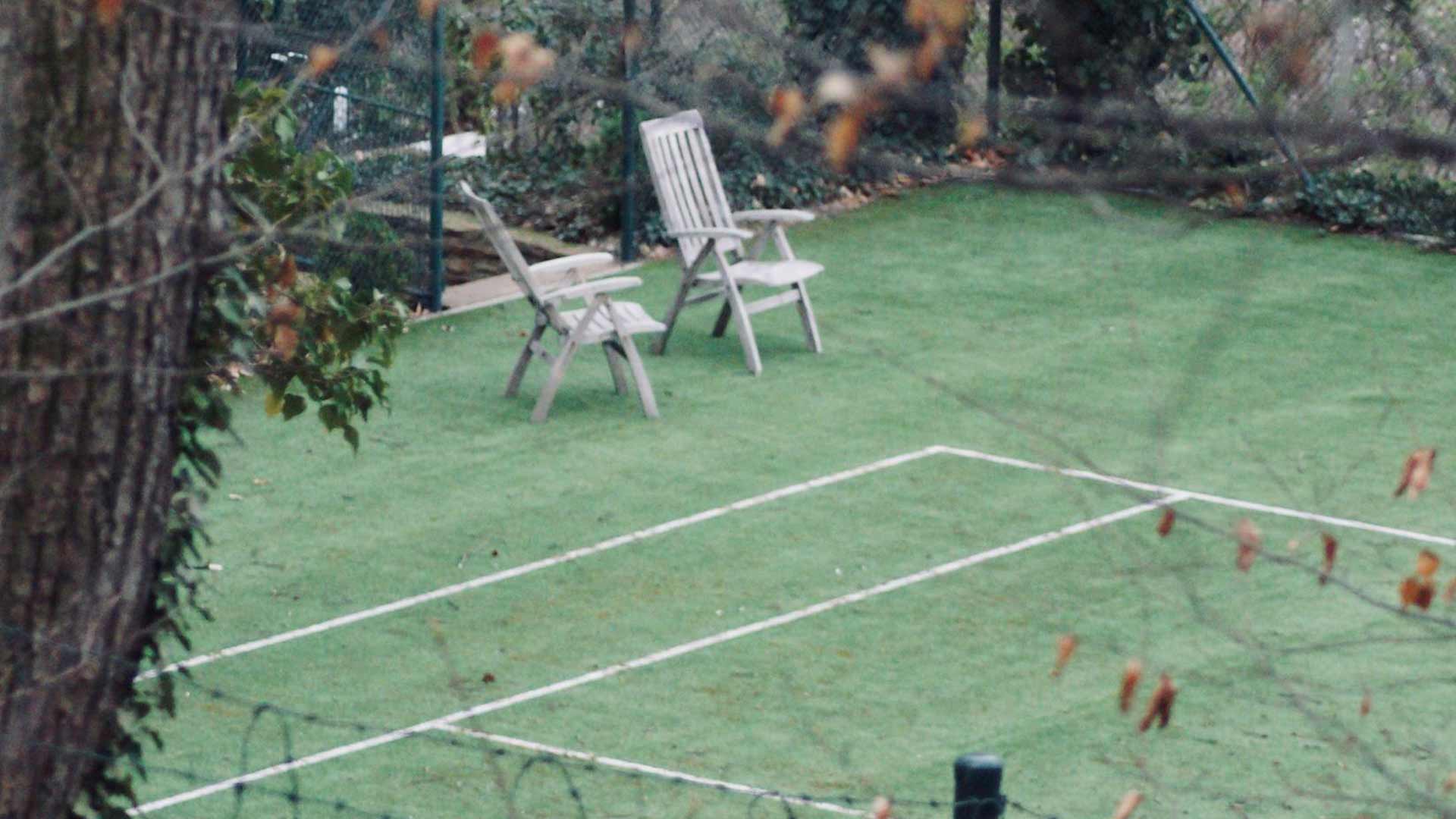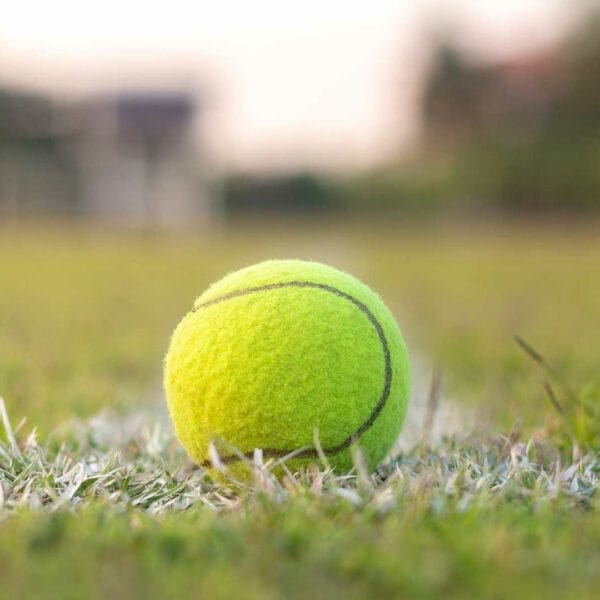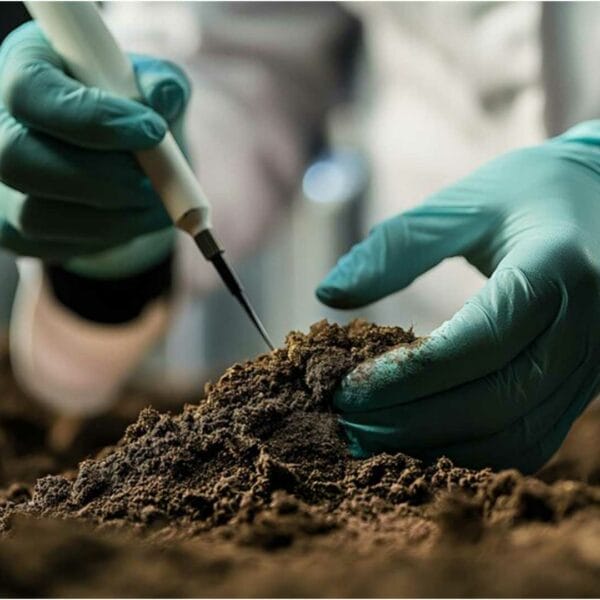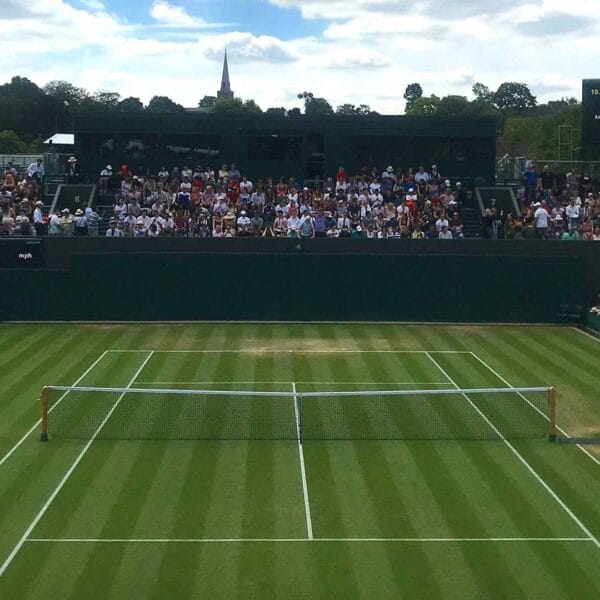Playing on Grass: Adjustments When Playing on Grass Courts
There’s something undeniably special about stepping onto a lush green grass tennis court. The history, the feel underfoot, the distinct thwack of the ball – it’s a classic tennis experience. However, grass requires a significant shift in strategy, technique, and even mindset for players used to the predictable bounce of hard courts or the sliding freedom of clay.
Grass courts offer a playing experience unlike any other surface. The low, fast, and often unpredictable bounce forces players to adapt quickly. So, what exactly are the key adjustments players make when transitioning to the lawn? Let’s dive into the player experience.
Embracing the Low and Fast Bounce
This is the most fundamental difference. The ball skids and stays much lower after bouncing on grass compared to hard or clay courts.
The Adjustment: Get Low and Prepare Early
Players need to get low. Really low! Bend those knees and stay down through your shots. You’ll often need to make contact with the ball around knee height or even lower. Preparation is key; you have less time to react, so getting ready for the ball earlier is crucial, especially on returns and defensive shots.
Adapting Your Footwork
Grass can be slippery, especially when damp or worn. The kind of long, sliding movements every day on clay are risky and less effective here.
The Adjustment: Shorten Steps and Focus on Balance
Footwork becomes more precise and often involves shorter, quicker steps to maintain balance. Players learn to “scurry” and adjust with small hops or shuffles. Stopping requires careful braking rather than sliding. Staying on the balls of your feet helps with quick directional changes and recovery. Stability is paramount to avoid slips and maintain court positioning.
Strategic Shot Selection Shifts
The surface dictates which shots are effective and which are less so.
The Adjustment: Utilise Slice and Play Flatter
- Slice Becomes Your Friend: A sliced backhand or forehand stays incredibly low and skids off the grass, making it a highly effective attacking or defensive shot that’s difficult for opponents to dig out. Learn more about the effectiveness of the slice on grass: Wimbledon: The art of the slice on grass.
- Flatter is Better: Heavy topspin, while powerful on other surfaces, can cause the ball to sit up slightly after the low grass bounce, giving opponents more time. Players often flatten out their groundstrokes more to hit through the ball and utilise the skid.
- Serve and Volley is Back (or an Option): The fast surface rewards aggressive play and coming to the net behind your serve or approach shots. Volleys and half-volleys become vital skills.
- Approach Shots are Key: Because the ball stays low, hitting an effective passing shot against someone approaching the net is harder. Well-executed approach shots become more frequent. For more grass court strategy insights, check out: ATP Grass Court Game: Tips for Success.
Adjusting Your Recovery and Court Positioning
Due to the faster pace and shorter points, your positioning and recovery between shots change.
The Adjustment: Position Strategically and Recover Quickly
Players often find themselves positioned closer to the baseline or even inside it to take the ball early. Recovering quickly to a central position after hitting your shot is vital because the next ball will arrive sooner. Anticipation plays a bigger role.
Embracing the Mental Game
Grass can be frustrating! Bad bounces are more common than on other surfaces due to imperfections in the court.
The Adjustment: Stay Positive and Be Adaptable
Patience and a positive attitude are essential. Players need to accept that unpredictable bounces will happen and not let them affect their focus on the next point. The ability to adapt mid-match based on how the court is playing (some grass courts play differently as they wear) is also key.
The Grass Court Experience
Playing on grass is a unique challenge that rewards adaptability, quick reflexes, and strategic intelligence. It forces players to simplify, react, and often embrace a more aggressive, net-oriented game style.
Experiencing these adjustments firsthand is part of the charm and challenge of playing on grass. It’s a chance to test different facets of your game and appreciate the rich history of tennis played on its original surface.
Whether you’re a seasoned grass court player or trying it for the first time, understanding these key adjustments will undoubtedly enhance your player experience on the beautiful lawn courts we feature here at grasstennisclub.com. We invite you to explore the unique joy of grass court tennis through our section on grasstennisclub.com player experience. See you on the court!

